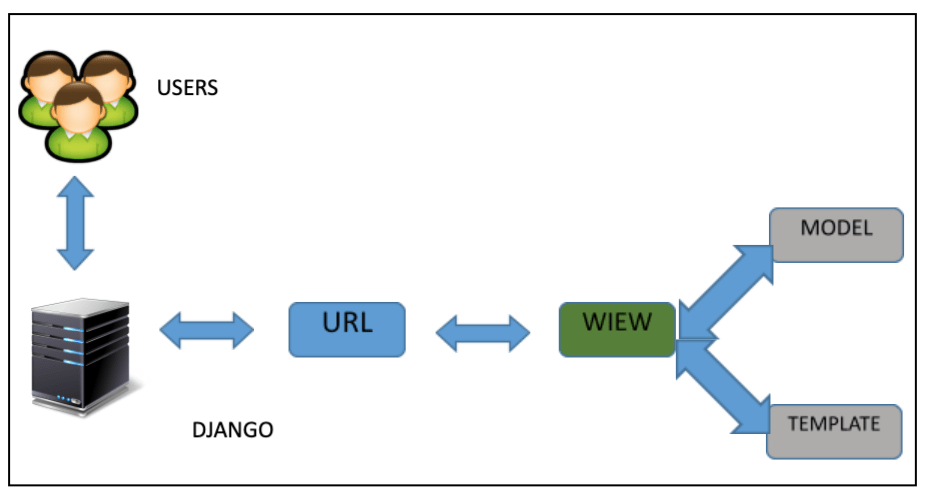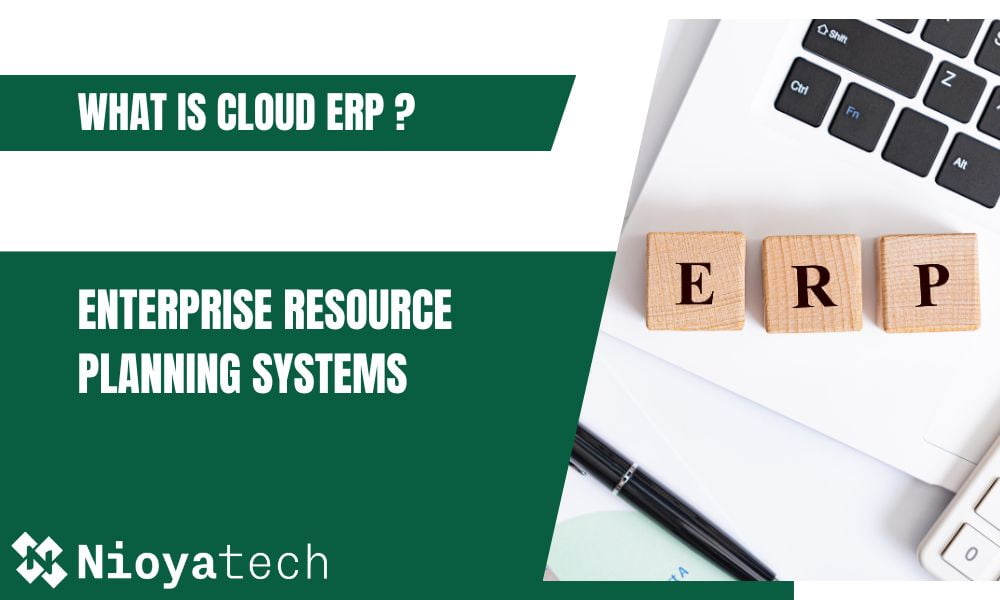In this post, we will talk about the Python – Django Web Framework. Then, we will try to answer the questions of what Django is, what it is used for, how is it used? At the end of the article, we hope to create basic infrastructure for those who have no idea about Django and to make a brief explanation for those who know and use Django.
What is Django?
Django is a Web Framework prepared in python language for Python with its most general definition. It is a modular Web Framework to create frequently used interfaces that web designers need.
What is Django Used For?
Django aims to develop web applications quickly while simultaneously aiming to eliminate or minimize the margin of error. Django originated with the purpose of being able to use a written code over and over again. Its modularity and ease of application have made Django the preferred choice for many large companies.
For example, large companies such as Nasa, Netflix, Youtube, Instagram, Spotify, Dropbox, Mozilla use Django to design their web projects. So what are the factors that make Django so popular and preferred? Now, let’s try to explain these factors in items.
How to Install Django?
Django is easy to install, and all developers can easily use it as a Web Framework.
But, firstly, you should install Python on your computer.
We recommend you use a virtual environment for creating projects with Django. Having a separate virtual environment for each project while generating code ensures that your projects do not conflict and you produce more organized code. Therefore, installing Django in a separate virtual environment for each project will be useful. For example, Windows users can create a virtual environment by typing the following code at the command line after creating a folder to keep the virtual media files.
python -m venv myenv
Linux users can create their virtual environments by writing the following code to the terminal.
$ python3 -m venv myvenv
After creating a virtual environment, we should activate the virtual environment with the following command in Windows.
myvenv\Scripts\activate
In Linux, we use the following command to activate the virtual environment.
source myvenv/bin/activate
After these processes are finished, we can easily install Django for Windows and Linux operating systems by typing “pip install Django” into our terminal.
pip install django
If we want to install older versions, it is sufficient to write the version number “==…” at the end of “pip install django”.
It has the ability to minimize possible errors with its structure that provides detailed error reports. This feature ensures that the errors in your projects are cleaned in the best way and helps you develop more stable web applications.
Django has an uncomplicated administration panel. In this way, it provides excellent convenience for web designers and end-users in the operation of databases
Model (M):
The database is updated; it is the section where adding, deleting, and editing are done. It is the section we can see in Django as “models.py.”
View (V):
The section provides the connection between Model and Template layers. It is the section in the database where the data on the servers is reflected on the templates.
Template (T):
The section is shaped and printed according to the data coming from the view layer.

Conclusion
As a result, time is important for web designers. For companies, websites with advertising faces must be developed with a reliable and solid infrastructure. Django‘s 3-layer design structure (MVT) brings many benefits for both designers and companies.
At the same time, it is easy to install, easy to use, and has a powerful error control mechanism, making Django an indispensable Web Framework for many web designers. Considering these features, it will not be difficult to understand why companies with high data traffic prefer Django.






